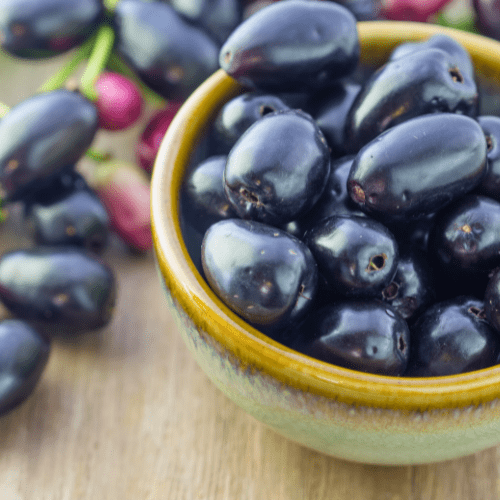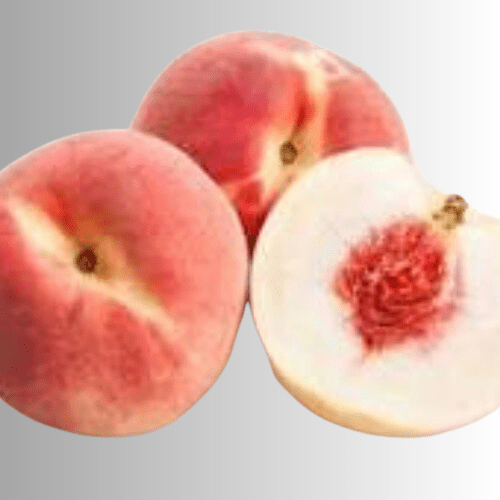Position
These trees are hardy and can survive most conditions except extreme cold and frost. They enjoy the sun and grow high above other trees, so they don’t need to compete for the sun. They should be planted 12 mts apart for fruit production and six mts apart if you use them as a windbreak.
Size
This plum tree can reach 30 mts tall and 11 mts wide when fully mature (about 40 years old) if planted in a tropical climate.
Soil type
Java plums can tolerate soil (including sandy or loamy soils) with various pH levels. This makes them particularly easy to grow, no matter where you are. They thrive optimally in well-drained sandy soil with a pH of between 5.5 and 6.5. Add a bag of acid compost to your soil, and your tree will love it.
Mulch
Add a thick layer of pine bark mulch, keeping it about 20 to 30 centimetres away from the tree trunk (any closer may cause excess moisture and damage the trunk). This will retain the moisture in the soil and will prevent weeds from taking over.
Watering
Java plum trees grown in subtropical or tropical areas do not usually need to be watered as the humid conditions and regular rainfall are enough. However, watering them fairly generously and frequently in most parts of South Africa will be necessary.
Fertilising
Apply 1 teaspoon of our slow-release nitrogen-rich berry fertiliser every 4-5 months.
Pruning
It’s not usually necessary to prune the Java plum tree unless you want to keep it smaller.
Pests and Diseases
Aphids, citrus psylla, red scale, citrus greening. Spraying regularly with Agricultural Neem Oil or Effective Microorganisms (EM Control ) will assist in either prevention or after the fact. If you already have aphids or mites, wash the tree with a harsh hosing, and when dry, spray with Neem oil or EM Control.
Practice good garden hygiene (remove fallen fruit and leaves).
Watch for root rot (if overwatered) and fungal infections during wet periods.
Harvesting
This tree produces abundant fruit. A single branch that is only five years old can produce up to 500 plums. These need to be picked by hand.








